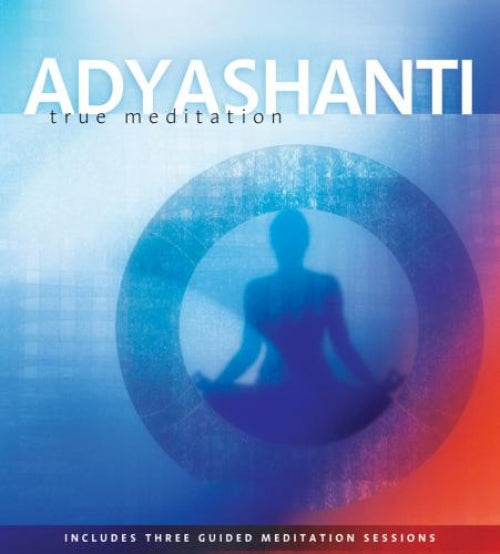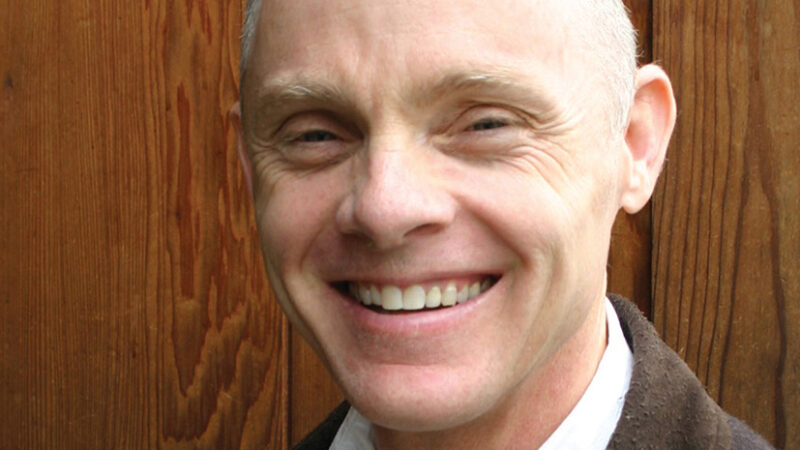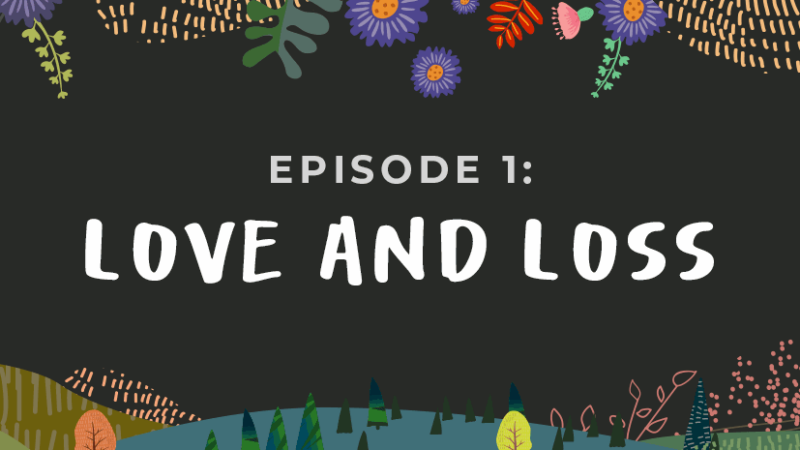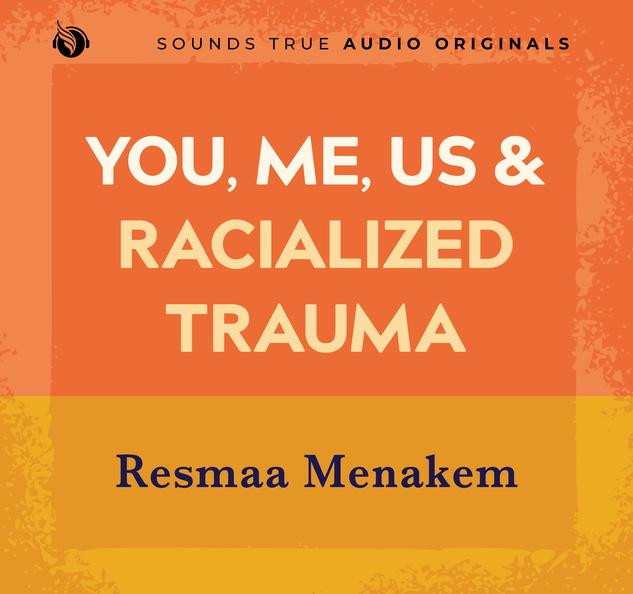How do we stem the tides of fear and aggression sweeping over our divided world? How can we spread the love that heals and uplifts everyone? Sharing insights from her bestselling book, Dying to Be Me, and her latest work, Sensitive Is the New Strong, Anita Moorjani offers her hope-giving answers to these questions of compelling urgency for our times.
Tune in for this remarkable teacher’s inspiring (and in many ways utterly mind-blowing) conversation with Sounds True’s founder, Tami Simon, as they discuss: a nonlinear understanding of time; living fearlessly; how to attune to the helping beings that surround us at all times; raising your vibrational frequency; the practice of asking for signs; following your intuition; how humanity’s belief in scarcity is contributing to our self-destruction; the root cause of the divisiveness in today’s world, and why we need a new way of defining “strength”; moving beyond limitations inherited from our families and cultures; the consequences of repressing oneself; becoming unapologetically who we are; the body as a reflection of our state of consciousness; multiple lives, one soul; embracing your gifts as an empath; and more.
Note: This episode originally aired on Sounds True One, where these special episodes of Insights at the Edge are available to watch live on video and with exclusive access to Q&As with our guests. Learn more at join.soundstrue.com.











